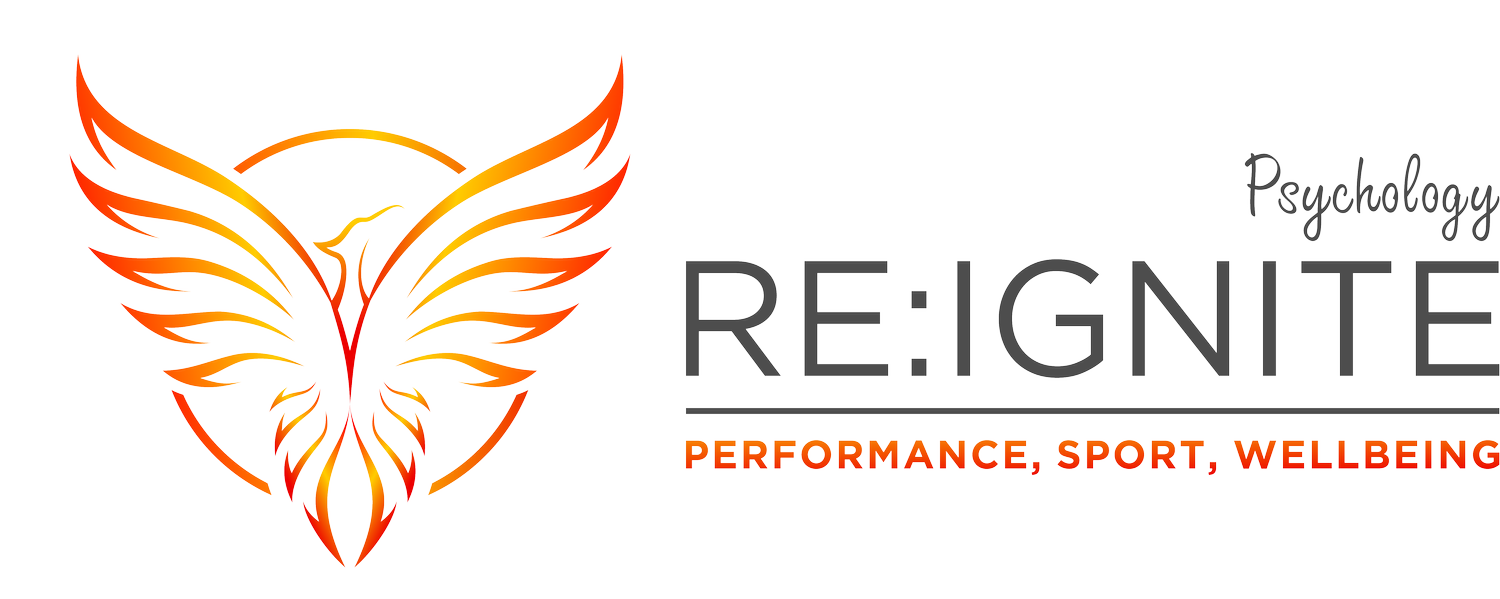
Relationship.
Struggling to communicate? Are we speaking the same language?
(Communication - Neurodiversity)
Unsure whether to marry? How about pre-marital counselling?
(Pre-marital)
Do you want to have a better “US”?
(Relationship)
Can’t you move past the infidelity or intimacy?
(Infidelity)
Struggling with a cross-cultural relationship?
(Relationship)
With our STEP approach, we will work toward having a better “US” through an understanding of self and the other and moving towards realignment and transforming connection, so you can have better clarity and insight in managing communication, moving past infidelity or intimacy, and have a healthier and positive relationship.
Have you wondered why a disagreement in your relationship can affect your daily functioning? Why can’t we separate our relationship from ourselves?
Humans are social creatures. Living in a community and feeling a sense of belonging makes us happy (Baumeister & Leary, 1995). Several studies have found that relationships can relieve us from stress (Collins & Feeney, 2000) and bring us comfort from the closeness with each other (Reis, Clark & Holmes, 2004). Moreover, the social relationship has been found to be fundamental to happiness and well-being (Argyle, 2001; Myers, 2000).
The American Psychological Association (APA) defines well-being as a state of happiness and contentment, with low levels of distress, overall good physical and mental health, and outlook, or good quality of life. In a more simplified version, it can probably be defined as a combination of feeling and being physically, mentally, and emotionally healthy.
Probably the next question is, “WHY is well-being important?”
Firstly, it gives physical health benefits. Studies have found a strong link between well-being and lower stress hormones (cortisol) and sleeping difficulties (Ryff et al., 2004), or lower incidences of cardiovascular disease (Kubzansky, 2001).
Secondly, it provides psychological benefits. Research has found that individuals with higher degrees of happiness also have a higher sense of personal achievement (Grob et al., 1999) and higher satisfaction in their relationships (Diener et al., 2002).
Lastly, it is directly linked with productivity and creativity (Pfeiffer et al., 1989), which in turn helps with work and employment-related benefits.
With all these benefits, then you probably ask, “HOW to increase well-being, especially in the relationship?”
We can use Martin Seligman’s PERMA model of happiness as a start. The five core elements of the model are:
P – Positive Emotions. Create a habit to try to view things in our relationship from a positive perspective. Finding 1 thing from your partner that you can be grateful for every day might help to create the habit. Challenge yourself!
E – Engagement. Make a meaningful connection with your partner. Be in the moment. Find the activity that can make both of you feel like time flies!
R – Relationship. Create an authentic connection. Create an environment that makes you feel safe and happy.
M – Meaning. Create shared purpose and shared meaning. Support each other’s life dreams.
A – Accomplishment. Set realistic expectations of each other. Be appreciative of your effort and your partner’s effort.
It seems like a long list! It might be not a straightforward task, but it is well worth it.
So, which one of those is on the list that you have accomplished? Which one you might need help with?
You might want to talk to a relationship professional (counselor, psychologist, or psychotherapist) for those you need help with. They might be able to give you some clarity.
Sources:
Argyle, M. (2001). The Psychology of Happiness, 2nd ed. New York: Routledge.
Baumeister, R. F., & Leary, M. R. (1995). The need to belong: Desire for interpersonal attachments as a fundamental human motivation. Psychological Bulletin, 117, 497-529.
Collins, N. L., & Feeney, B. C. (2000). A safe haven: An attachment theory perspective on support seeking and caregiving in intimate relationships. Journal of Personality and Social Psychology, 78, 1053-1073.
Diener, E. & Seligman, M. Very happy people. (2002). Psychological Science.13(1):81.
Grob, A., Sabatier, C., Botchera, L., & Macek, P. A. (1999). Cross-national model of subjective well-being in adolescence. The Adolescent Experience: European and American Adolescents in the 1990s. 115–30.
Kubzansky, L., Sparrow, D., Vokonas, P., & Kawachi, I. (2001). Is the glass half empty or half full? A prospective study of optimism and coronary heart disease in the Normative Aging Study. Psychosomatic Medicine. 63(6):910.
Pfeiffer, S., Wong, P. (1989). Multidimensional jealousy. Journal of Social and Personal Relationships. 6(2):181.
Reis, H. T., Clark, M. S., Holmes, J. G. (2004). Perceived partner responsiveness as an organizing construct in the study of intimacy and closeness. In D. J. Mashek & A. P. Aron (Eds.), Handbook of closeness and intimacy (pp. 201-225). Mahwah, NJ: Erlbaum.
Ryff, C., Singer, B., & Love, G. (2004). Positive health: connecting well-being with biology. Philosophical Transactions of the Royal Society B. Biological Sciences. 359(1449):1383.
No relationship is perfect.
We are a work in progress.
As long as we work through it as an US, a TEAM,
we can make the imperfections shine.
Like a Japanese art, Kintsugi (金継ぎ), or the art of mending broken pottery with gold or silver to make it even more beautiful than the original.
NEED TO CHAT?
Schedule a free 30-minute chat with me to get your answers.
We'll work out if we are a good fit for each other.
Free Resources
Knowledge is valuable!
Find the books, websites, videos/movies, and podcasts that might be relevant to you!
Free Insight
You’re welcome to benefit from what we know and practice. Share and grow together!
Gallery
Get a glance at our wall of empowerment!
For more, join me on Instagram @desieree.m






